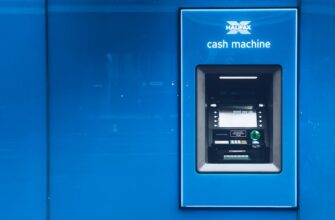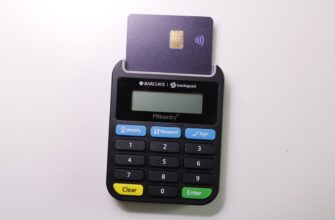## Introduction
In an increasingly digital world where cyber threats and system failures loom, having offline backup funds isn’t just prudent—it’s essential. This 2025 guide explores why physical cash reserves remain critical for financial resilience. Whether facing natural disasters, power grid failures, or digital banking disruptions, offline funds provide immediate access to resources when technology fails. We’ll cover practical strategies for building, storing, and managing tangible currency to future-proof your emergency preparedness.
## Why Offline Backup Funds Are Non-Negotiable in 2025
Cyberattacks surged by 72% in 2024, highlighting vulnerabilities in digital finance. Offline funds serve as a failsafe when:
– Electronic payment systems crash
– ATMs become inaccessible during emergencies
– Banks experience prolonged outages
Physical cash ensures you can purchase essentials like food, medicine, or fuel independently. Regulatory bodies like the FDIC recommend hybrid financial approaches, combining digital convenience with tangible backups.
## Types of Offline Backup Funds to Consider
Diversify your physical reserves with these options:
1. **Cash**: Small denominations ($1, $5, $10 bills) for everyday transactions
2. **Precious Metals**: Gold/silver coins with recognized liquidity
3. **Traveler’s Checks**: Dated but reliable for certain scenarios
4. **Barter Items**: Non-perishable goods like ammunition or tools (in extreme cases)
## Building Your Offline Fund: A 4-Step 2025 Strategy
### Step 1: Calculate Your Target
Aim for 1-2 weeks of living expenses. For most households, $500-$1,500 is a practical start.
### Step 2: Fund Accumulation
– Automate savings: Dedicate 5% of each paycheck to cash reserves
– Use windfalls: Allocate tax refunds or bonuses
– Liquidate unused items via garage sales
### Step 3: Denomination Strategy
Prioritize small bills:
– 40% in $1/$5 notes
– 30% in $10/$20 notes
– 30% in $50/$100 bills
### Step 4: Regular Audits
Replenish and verify funds quarterly. Replace worn bills at banks.
## Secure Storage Solutions for 2025
### Location Principles
– **Diversify**: Split funds across 3+ hidden locations
– **Accessibility**: Ensure trusted family members know retrieval protocols
– **Environment**: Use climate-controlled, fire-resistant containers
### Top Storage Methods
1. **Waterproof Safes**: Bolt to foundations with UL-rated security
2. **Decoy Containers**: False-bottom books or disguised household items
3. **Off-Site Caches**: Weatherproof buried vaults (check local regulations)
## Maintaining & Accessing Your Funds
– **Rotation Schedule**: Cycle bills every 6 months to prevent deterioration
– **Access Protocol**: Establish verbal codes or physical keys for family access
– **Inflation Hedge**: Annually adjust your target amount for rising costs
## Risk Mitigation Tactics
Combat common threats with these measures:
– **Theft**: Install motion sensors near storage areas
– **Natural Disasters**: Vacuum-seal cash with desiccant packs
– **Currency Changes**: Monitor Treasury announcements for bill redesigns
– **Legal Compliance**: Stay under $10,000 to avoid reporting requirements
## Frequently Asked Questions
**Q: How much cash should I keep offline?**
A: Start with $500, scaling to 1-2 weeks’ expenses. Balance accessibility needs with security risks.
**Q: Aren’t digital payments safer than cash?**
A: Digital systems face hacking and infrastructure risks. Physical cash provides redundancy when networks fail.
**Q: What if new currency designs make my bills obsolete?**
A: U.S. Treasury guarantees all valid series remain legal tender indefinitely. Older bills retain face value.
**Q: How do I transport large cash amounts discreetly?**
A: Use money belts, hollowed items, or diversion safes. Never carry more than necessary.
**Q: Can I use cryptocurrency as offline backup?**
A: Crypto requires digital access. Consider it a complementary asset, not a physical cash replacement.
## Final Thoughts
Building offline funds isn’t about rejecting modern finance—it’s about creating strategic redundancy. As we move deeper into 2025, integrate this guide’s principles to develop a layered safety net. Start small, prioritize security, and revisit your plan biannually. When digital systems falter, your physical reserves will become your most valuable asset.








